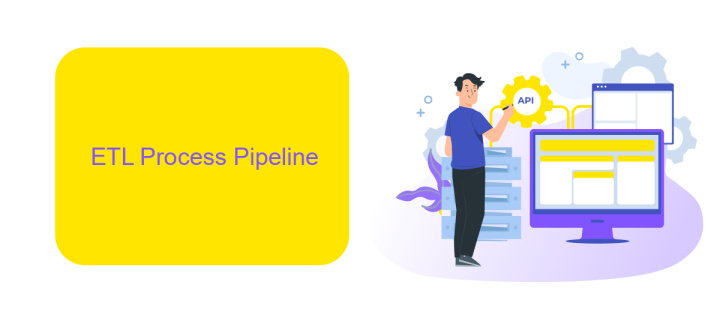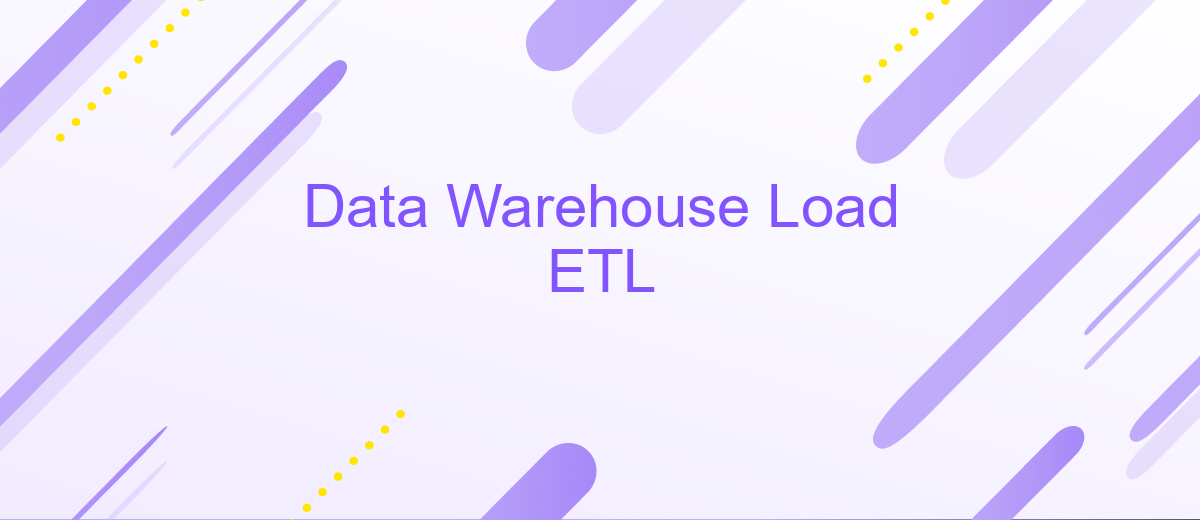Data Warehouse Load ETL
A Data Warehouse Load ETL (Extract, Transform, Load) process is essential for consolidating data from multiple sources into a centralized repository. This process ensures that data is cleansed, transformed, and loaded efficiently, enabling organizations to make informed decisions based on accurate and up-to-date information. Understanding the intricacies of ETL can significantly enhance data management and business intelligence capabilities.
Introduction
Data Warehouse Load ETL (Extract, Transform, Load) is a fundamental process in data management, enabling organizations to consolidate and analyze large volumes of data from various sources. This process is crucial for making data-driven decisions and gaining valuable insights. ETL involves extracting data from different databases, transforming it into a suitable format, and loading it into a data warehouse for further analysis.
- Extraction: Collecting data from multiple sources, such as databases, APIs, and flat files.
- Transformation: Cleaning, filtering, and converting data into a consistent format.
- Loading: Inserting the transformed data into a data warehouse for querying and reporting.
Efficient ETL processes are essential for maintaining data integrity and ensuring timely access to accurate information. Tools like ApiX-Drive can simplify the integration process by automating data extraction from various services and APIs, thereby streamlining the ETL workflow. By leveraging such tools, organizations can enhance their data management capabilities and focus on deriving actionable insights from their data warehouses.
ETL Process Pipeline

The ETL (Extract, Transform, Load) process pipeline is a fundamental component of any data warehouse system. It begins with the extraction phase, where data is collected from various sources such as databases, APIs, and flat files. This raw data may be in different formats and structures, necessitating a reliable mechanism to gather it efficiently. During this phase, tools like ApiX-Drive can be utilized to streamline the integration of multiple data sources, ensuring seamless data extraction and minimizing manual intervention.
Following extraction, the data moves into the transformation phase. Here, the raw data is cleansed, normalized, and enriched to meet the analytical requirements of the business. This step often involves complex operations such as filtering, aggregating, and joining data from disparate sources. Once transformed, the data is loaded into the data warehouse. The loading phase ensures that the data is stored in an optimized and structured format, ready for querying and analysis. By automating these steps, the ETL process pipeline enhances data quality and enables timely insights, driving better decision-making.
Data Transformation

Data transformation is a critical step in the ETL process, where raw data is converted into a format suitable for analysis. This phase involves several operations such as cleansing, aggregating, and enriching data to ensure its quality and usability. The objective is to transform disparate data sources into a unified structure that can be easily queried and analyzed.
- Data Cleansing: Remove inconsistencies, duplicates, and errors to ensure data accuracy.
- Data Aggregation: Summarize and combine data from multiple sources to provide a comprehensive view.
- Data Enrichment: Enhance data by adding relevant information, making it more valuable for analysis.
- Data Formatting: Convert data into a consistent format to facilitate seamless integration and analysis.
Using integration services like ApiX-Drive can significantly streamline the data transformation process. ApiX-Drive allows for automated data integration between various platforms, reducing manual effort and minimizing errors. By leveraging such tools, organizations can ensure that their data is not only accurate but also readily available for insightful analysis.
Data Loading

Data loading is a crucial phase in the ETL process, where data is transferred from various sources into the data warehouse. This stage ensures that the data is available for analysis and reporting, supporting business intelligence activities. Efficient data loading requires careful planning and execution to maintain data integrity and performance.
There are several strategies for data loading, including full load, incremental load, and real-time load. Choosing the right strategy depends on the specific requirements and constraints of the data warehouse environment. Each approach has its own advantages and trade-offs, which need to be evaluated based on the business needs.
- Full Load: Loading the entire dataset from the source to the destination.
- Incremental Load: Loading only the data that has changed since the last load.
- Real-Time Load: Continuously loading data as it becomes available.
Using integration services like ApiX-Drive can streamline the data loading process. ApiX-Drive offers automated data transfer between various applications and databases, reducing manual effort and minimizing errors. By leveraging such tools, organizations can ensure seamless and efficient data integration, enhancing the overall performance of their data warehouse.
- Automate the work of an online store or landing
- Empower through integration
- Don't spend money on programmers and integrators
- Save time by automating routine tasks
ETL Performance Optimization
Optimizing ETL performance is crucial for ensuring efficient data processing and timely insights. One effective strategy is to implement parallel processing, which allows multiple ETL tasks to run concurrently, significantly reducing the overall load time. Additionally, optimizing the extraction process by filtering and transforming data at the source can minimize the amount of data that needs to be transferred and processed, further enhancing performance.
Another key aspect is leveraging incremental loading, which updates only the changed data instead of reloading the entire dataset. This approach not only saves time but also reduces system load. Utilizing integration services like ApiX-Drive can streamline the process by automating data transfers between various applications and databases, ensuring seamless and efficient data flow. Regularly monitoring and fine-tuning ETL processes, along with maintaining a clean and organized data warehouse, are essential practices for sustained performance optimization.
FAQ
What is ETL in the context of Data Warehousing?
Why is ETL important for Data Warehouses?
How often should ETL processes be run?
What are some common challenges in ETL processes?
Can ETL processes be automated?
Apix-Drive is a universal tool that will quickly streamline any workflow, freeing you from routine and possible financial losses. Try ApiX-Drive in action and see how useful it is for you personally. In the meantime, when you are setting up connections between systems, think about where you are investing your free time, because now you will have much more of it.


